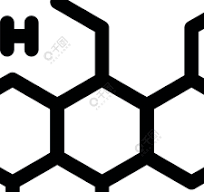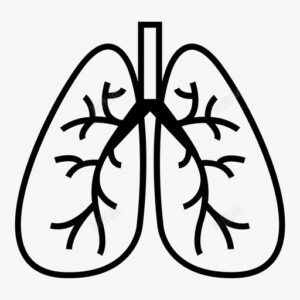Calcipotriol Ointment
Function and indication: Mainly used for stable plaque psoriasis suitable for local treatment.
Usage and dosage:
Apply once a day to affected skin lesions. A course of treatment of 4 weeks is recommended. When using drugs containing calcipotriol, the maximum daily dose should not exceed 15g, and the treatment area should not exceed 30% of the body surface area. (See instructions for details).
Adverse reactions:
To date, more than 2,500 patients have participated in clinical trials of this product, and the results show that about 10% of patients experience mild adverse reactions. According to clinical trials and post-sales application results, common adverse reactions of the drug (incidence 1/100 and 1/10) are pruritus, rash, and skin burning. Rare adverse reactions (incidence 1/1000 and 1/100) are skin pain or irritation, dermatitis, erythema, aggravation of psoriasis, folliculitis, and pigmentation at the application site. Rare adverse reactions (1/10000 and 1/1000) are pustular psoriasis. Calcipotriol: Adverse reactions include skin reactions at the application site, pruritus, skin irritation, burning and tingling, dry skin, erythema, rash, exacerbation of dermatitis, eczema, psoriasis, and, rarely, photosensitivity and hypersensitivity reactions, which manifest as angioedema and facial edema. Systemic adverse reactions such as hypercalcemia and hypercalciuria may occur after absorption of calcipotriol, but they are extremely rare. Betamethasone (dipropionate): This product has corticosteroid effects. Local adverse reactions after topical application, especially after prolonged treatment, include skin atrophy, telangiectasia, striae atrophica, folliculitis, hirsutism, perioral dermatitis, allergic contact dermatitis, depigmentation, and colloid miliaria. When this drug is used to treat psoriasis, patients are at risk of developing pustular psoriasis. In adults, systemic reactions to topical corticosteroids are rare, but when they occur, they are generally severe. Adrenocortical suppression, cataracts, infections, and increased intraocular pressure are adverse reactions to the use of corticosteroids, especially after long-term treatment. Systemic side effects are more likely to occur in closed conditions (wrap with plastic or in skin folds), or when the application area is large and the treatment period is long.
Contraindications:
Allergic to the active ingredients of the drug and any of the excipients. Because this product contains calcipotriol, it is contraindicated for patients with calcium metabolism disorders. Because this product contains corticosteroids, it is contraindicated in the following situations: Skin viruses
Share:
Products
Our offers
Health Classification
Let us work together to protect precious health































